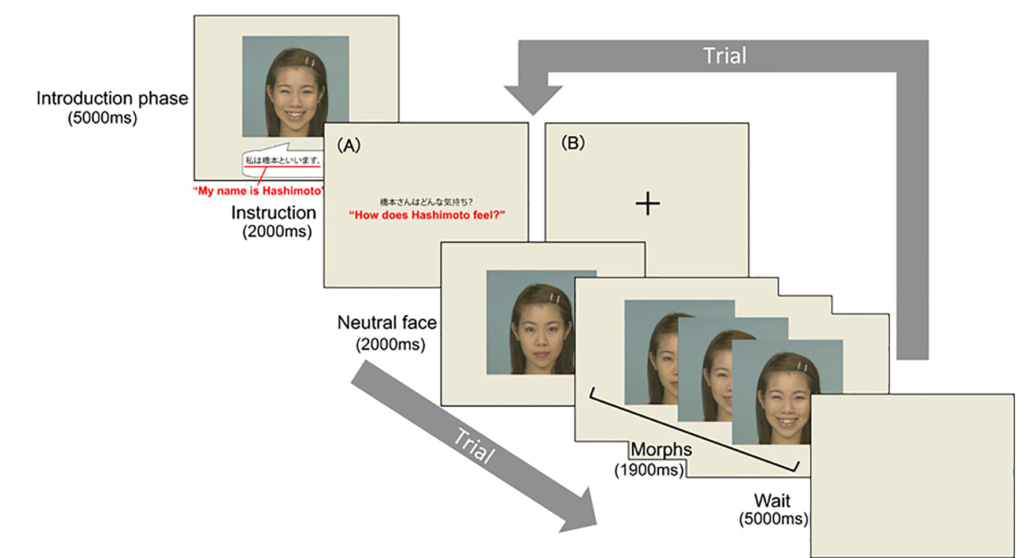 We keep talking about nonverbal behavior with strangers, but what role does it have in close interpersonal contexts?
We keep talking about nonverbal behavior with strangers, but what role does it have in close interpersonal contexts?
There is plenty of reason to think that this is important! We pick up on our romantic partner’s nonverbal behavior, even if we don’t realize that we are doing it. In a recent paper, a team of psychologists led by Dr. Ruddy Faure sought to understand whether implicit partner evaluations led to significantly different nonverbal behavior, and what that means for relationships.
This research appears motivated by questions of what exactly makes some relationships last and others fall apart. Some time ago, we blogged on Dr. John Gottman’s answer to this question. He argued that the slow growth of contempt between partners will almost invariably drive them apart over time.
Dr. Faure’s answer is not quite different, focusing on the idea of implicit partner evaluations. These basically entail our often automatic feelings towards a partner, where we begin to think badly or critically. This is a shift from previous attempts to study relationship dissolution, because most past research has focused primarily on explicit emotions.
However, this research grappled with the impressive question of how to really measure those things? How can you track the implicit evaluations and nonverbal behaviors present in relationships?
To address these concerns, the team organized an intensive project where couples were videotaped discussing contentious topics. They were then asked to complete a personal diary over 8 days. Before engaging in the taped interview, each partner was asked to assess implicit partner evaluations based on subtle questionnaires.
Importantly, the taped interviews allowed for a better understanding of what nonverbal behaviors were being displayed, especially given the implicit questionnaires completed beforehand.
Overall, they found that more positive implicit evaluations did lead to more constructive nonverbal behavior. This means that the less a partner had negative associations with their partner, the kinder they expressed their emotions during the videotaped interview.
The connections to Gottman are then pretty clear. Contempt would lead to much lower implicit evaluations, emphasizing our partners’ flaws, for instance. This would inevitably come out, even if unintentionally, when trying to discuss something contentious, in the form of negative body language.
While this sort of thin may not even be consciously noticed, it certainly has the potential to impact our interactions.
If you are curious about learning more about these subtle emotional cues in relationships, check out some of our past blogs on Dr. Gottman here and here.

 What do you say when you receive a gift you are not too fond of?
What do you say when you receive a gift you are not too fond of?